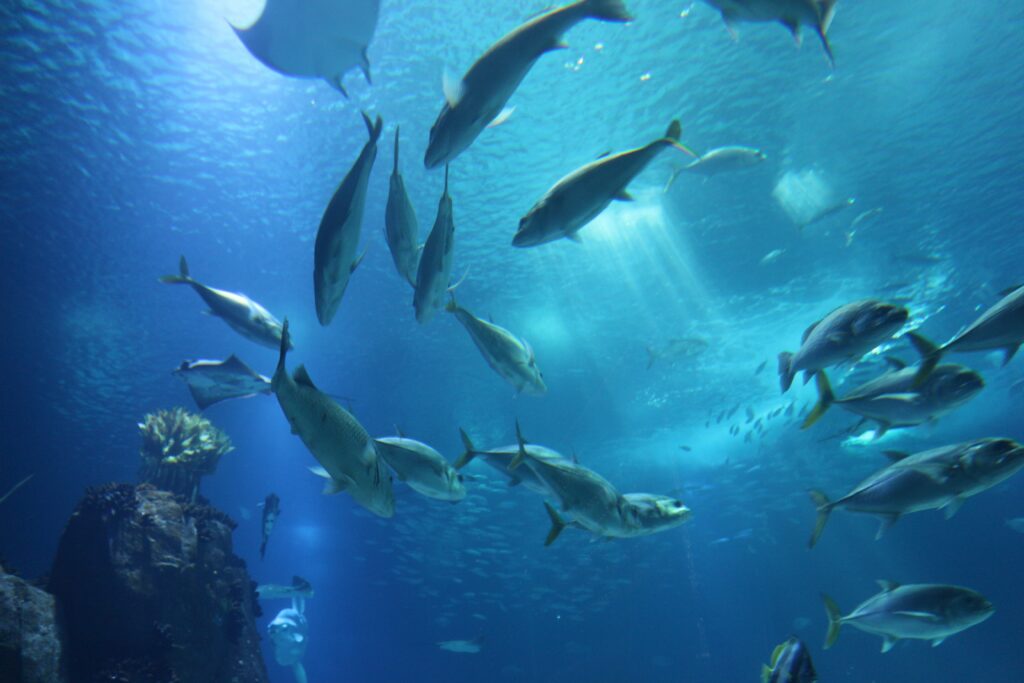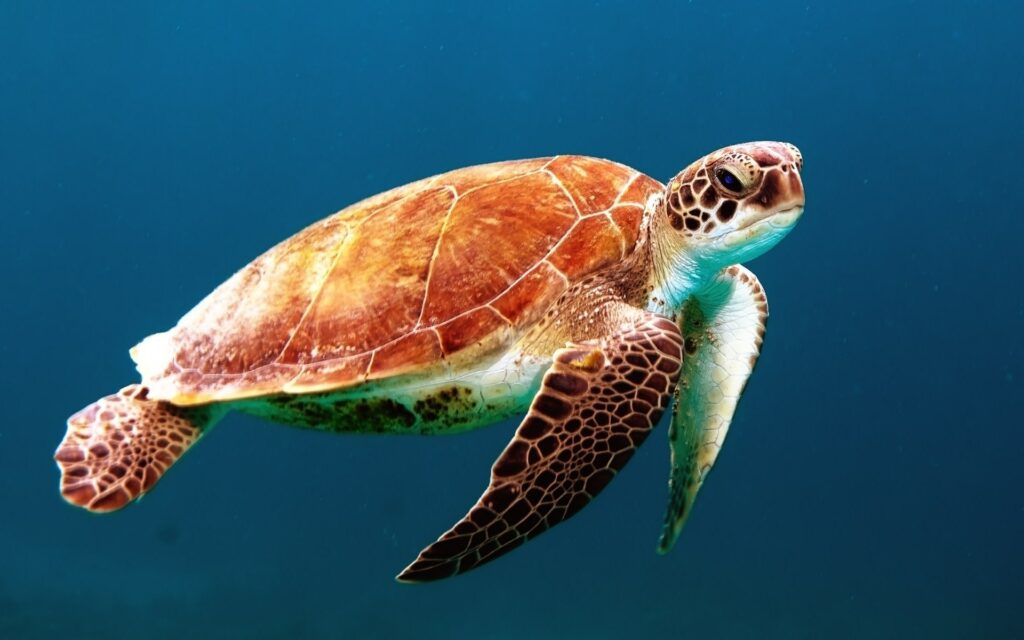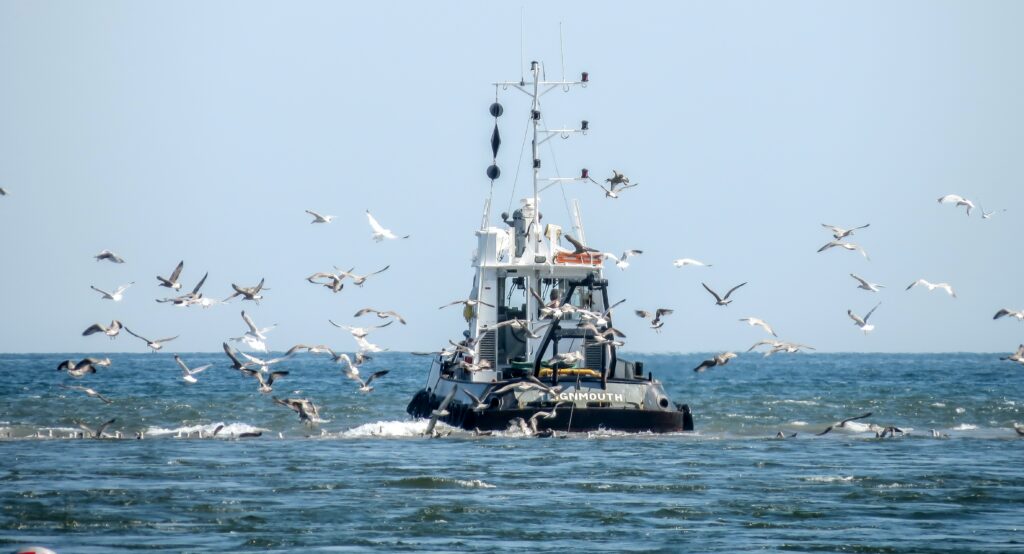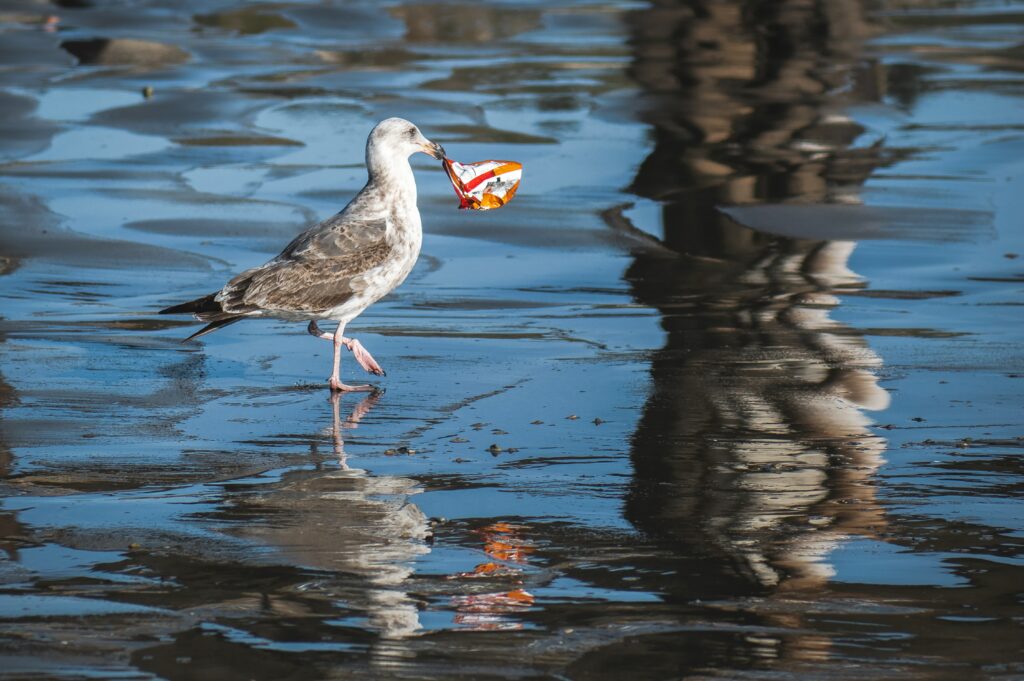Plastic makes up 80% of all marine pollution. Here’s how it threatens multiple species.
As plastic waste accumulates, so is the evidence that it is doing irrevocable harm to the species that live in, and rely on, the world’s water.
Protecting our water is not only a key component of solving the climate crisis, but vitally important for protecting the species that live in it and depend upon it. That underscores the value of water and the biodiversity it supports.
Plastic and chemical pollution causes a range of health problems for aquatic animals and plants, and oil spills can be catastrophic.
The International Union for the Conservation for Nature (IUCN) ‘red list’ includes 17% of marine species affected by water pollution, listing them with a status of ‘near-threatened’ or worse . Here are some of them:

Fish, marine mammals and other aquatic life
Saltwater and freshwater fish have been found with microplastics in their stomachs. Whales and dolphins are also affected by plastic pollution. They might eat it directly, through filter feeding, or indirectly when they eat fish and other animals that have already consumed plastics. One stranded sperm whale had nearly 100 kg in its stomach.
This plastic pollution is a major threat to sea turtles as well, all seven species of which have been found with plastic in their digestive systems. They can mistake plastic bags for jellyfish and swallow them, leading to suffocation.

Castaway fishing nets and plastic packaging entangle them, killing hundreds of turtles per year, and microplastics found at nesting sites could also affect the development of baby turtles.
Plastic toxicity can also cause abnormal development in sea urchins, leading to their death. And corals are 20 times more likely to become diseased when they come into contact with plastic.
Birds and Waterfowl
It is estimated 90 percent of all seabirds have ingested plastic and that more than one million die from it each year. Chris Jordan’s photographs of dead albatross chicks with stomachs full of plastic are a shocking vision of the impact pollution has on seabirds around the world.
Shearwaters are another seabird that can easily mistake plastic for food, with between 70-94 percent doing so. 1 in 10 waterfowl species, such as loons, ducks and geese, in Canada have been found with plastic and other debris inside them.

It’s not just plastic either. Bald eagles, like other birds whose diet consists mainly of fish, are at risk from the accumulation of toxins in their food chain. Coastal birds like pelicans, gulls and auks are vulnerable to oil spills and other forms of pollution.
This is not an exhaustive list. Many more aquatic animals and plants are affected by pollution.
Removing and reducing plastic pollution
It is clear that pollution can have a devastating impact on ecosystems and a knock-on effect on the human populations.
Foundations and organisations such as The Ocean Cleanup have started removing plastics from oceans and waterways around the world.

By taking action to remove and reduce plastic and other pollution now, we can ensure that future generations will also be able to enjoy the beauty and diversity of the species that live in and depend upon our planet’s water.